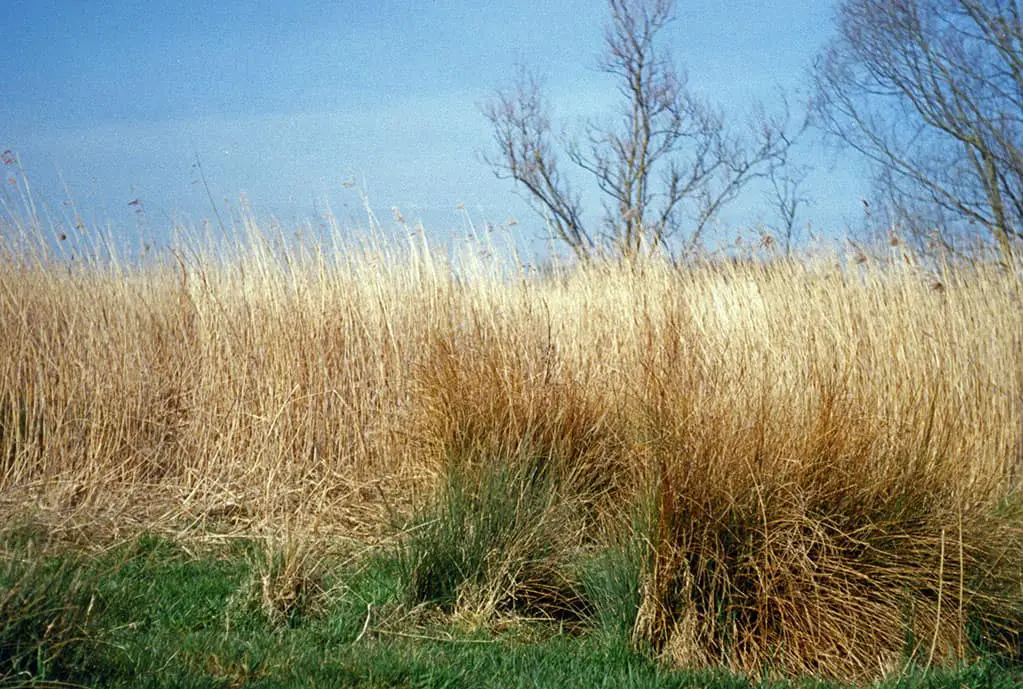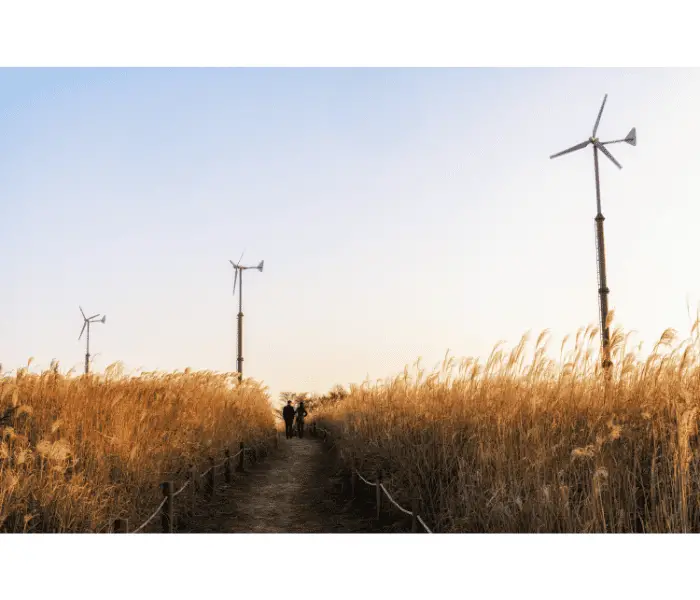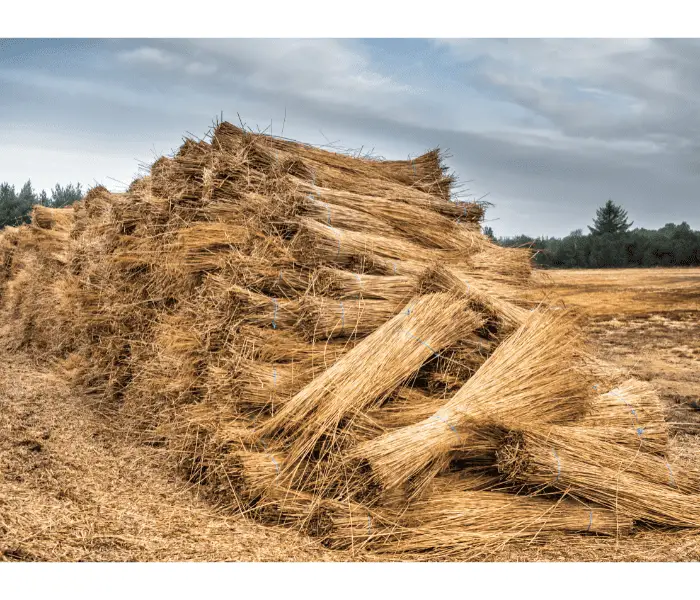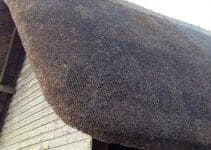Thatching has been a time-honoured method of roofing for thousands of years throughout parts of Africa, Asia and Europe.
Often, reed roofs are considered the best natural roofing option, but constructing one takes a lot of time and effort.
Thatching reed is among the most popular and versatile roofing materials. It is easy to work with, lightweight, and durable. Thatching reed is also an excellent insulator, keeping homes cool in the summer and warm in the winter.
Reed thatching can last for a long time with proper maintenance.
Thatching reed may be a more popular material in more tropical climates and areas of the world, but that doesn’t mean that it can’t be used to improve your living space wherever you are.
Thatching reed has become less popular as modern building techniques have evolved, particularly in Northern Europe, but that doesn’t mean reed is out entirely. When it’s done right, reed thatching can be an attractive addition to a building’s exterior.
Read on to know more about thatching reed and how to use it for your roofing needs.

What Is Thatch Reed?
Thatching reed is a type of grass that is often used for roofing. It is light in weight and has a high tensile strength making it an ideal roofing material.
Thatching reed is an ancient craft that has many uses in the world today. The history of thatching reed goes back to the Stone Age when thatched houses were the norm.
Nowadays, the thatched reed is used in many different applications like roofs, arbours, Halloween decorations, and much more.
Although reeds are similar to grass, they differ in a few key ways. Further, reeds can be used as a substitute in many different applications.
Thatching reed is used to make palm roofs, adobe and mud buildings, beehives, and generally for any lashings where strength, durability, and flexibility are desired.
What Are The Benefits Of Thatching Reed?
Thatched roofs are used in many places to shelter people. It provides a variation in the architectural design of buildings. A thatched roof is most suitable for locations where the temperature is constant.
They blend well with the environment and are easy to install. This roofing material has been used for past centuries, and its popularity still continues, especially in tropical countries around the world.
Because the thatch is made from natural materials, they look natural in contrast with the conventional roofing material that is made from industrial products.
Thatching reed is not just an ordinary roofing material because it comes with many benefits and advantages that can provide comfort to homeowners, their family, and their guests. Here are some of its benefits:

Thatched Roofs Are Energy Saving
Thatch can trap heat when it’s cold outside, but it will keep your house cool inside during summer. The material does not only serve as a roof but also acts as an insulator for your house, helping you save energy costs for electricity since you do not need air conditioners all day long.
Most houses with thatched roofs are installed with fans only, which help them sleep comfortably at night without spending too much money on energy bills.
Thatched Roofs Are Environmentally Friendly
Thatch is a natural material, so it does not require any chemical treatment during the production process. It also does not release any harmful material that could damage the environment.
In fact, it sequesters carbon dioxide and other pollutants so it can actually help improve air quality.
Thatch Is Versatile
Thatch is a very versatile roofing material. It can be used in many different types of climates and it is resistant to wind and rain. It can also be used for any kind of building, from small huts to large mansions.
Thatch Is Long-lasting
With proper maintenance, thatch can last for many years. It is a durable roofing material that can withstand the elements and last for many years.
Thatch Is Attractive
Thatch roofs are very attractive and add a unique beauty to any home. They are often used in tourist areas because of their aesthetic appeal.
Thatch roofs are one of the most affordable roofing materials available. They are less expensive than other roofing materials, such as asphalt shingles, metal roofs, and slate.
However, they can be expensive to maintain in climates like the UK.

What Reed Is Used For Thatching?
There are many types of reed that can be used for thatching, but the most popular one is the water reed. It is a grass-like plant that is found in marshes and wet areas. It is light in weight, strong, and durable.
In some parts of the world, such as the UK, water reed is preferred because it does not rot. However, water reed is currently endangered due to over-harvesting for use as a building material.
When available, it is generally very expensive because of this special status.
Other types of reed that can be used for thatching include:
Reeds For Thatching
How Do You Choose Between Water Reed And Other Types?
Water reed is generally more durable than some other types of reeds when harvested at the right time of year. It has excellent insulating qualities, and its unique shape makes it easy to work with on roofs with complex curves or slopes.
But water reed is harder to find and often costs more than other types of reed. Other reed types, such as common reed (Phragmites australis) and Norfolk reed (Phragmites communis), are more readily available but not as durable.
So, how do you choose which type of reed is best for your thatched roof?
Water Reed Thatch
The most important factor is the climate. If you live in an area with a mild climate, either a water reed or another type of reed will work well.
But if you live in an area with a more extreme climate, a water reed is the better choice because it is more durable.
You should also consider the availability of the reed. If water reed is available, it is generally the best choice because of its durability. If water reed is not available, other reed types may be a good alternative.
The cost of the reed is also a factor to consider. Water reed is generally more expensive than other reed types because it is more difficult to find. If cost is a concern, you may want to consider another type of reed.
Finally, you should consider the look of the roof. If you want a thatched roof with a traditional look, a water reed is the best choice. But if you want a more contemporary look, another type of reed may be a better option.
In the end, the best choice for your thatched roof will depend on your individual needs and preferences.
Reed Harvesting
Reed harvesting is the process of cutting and gathering the reed for use as thatching material. It is a labour-intensive process that requires skill and experience.
The best time to harvest reed is in the late summer or early autumn when the reed is at its peak.
The easiest way to harvest reeds is with a scythe. A hedge trimmer can work as well, but it tends to result in broken reeds and can be taxing on the arm muscles.
You’ll need a large field of reeds — at least 10 acres — in which you’ll be able to cut two or three tons of material.
Cut the stalks at ground level. Remove any dry leaves — they’re useless for construction purposes — and bundle them up into loose bundles of 10 or 20 stalks each. Lean the bundles against a wall or someplace where they will dry out quickly without being exposed to direct sunlight.
FAQs
What Are Reeds Used For?
Reeds can be used for a variety of purposes, including reed thatching, construction, and landscaping.
What Is The Best Time Of Year To Harvest Reeds?
The best time of year to harvest reeds is in the late summer or early fall when the reed is at its peak.
Is Reed The Same As Bamboo?
Reed and bamboo are from the same family of plants, but they are not the same thing. Reed is a type of grass, while bamboo is a type of woody plant.
What Is Wheat Reed?
Wheat reed is a type of grass that is similar to wheat. It is often used as a thatching material because it is durable and easy to work with.
Thatch Reed
Thatching reed is a very good choice for people looking for a material that is not as common but still pretty decent. The individual sheets can easily be bent into shape without sacrificing any structural integrity.
This allows for the creation of roofs with a very nice organic, grassy look. Overall, this product is great for anyone who wants to use something different, but still, retain the durability associated with the more common thatching materials.


